
What ancestral practices shaped textured hair protection at night?
Ancestral nighttime practices safeguarded textured hair from environmental stressors and friction, preserving styles and fostering well-being.

What ancestral rituals protected textured hair at night?
Ancestral rituals protected textured hair at night through careful braiding, oiling with natural butters, and covering with wraps to prevent friction and moisture loss.
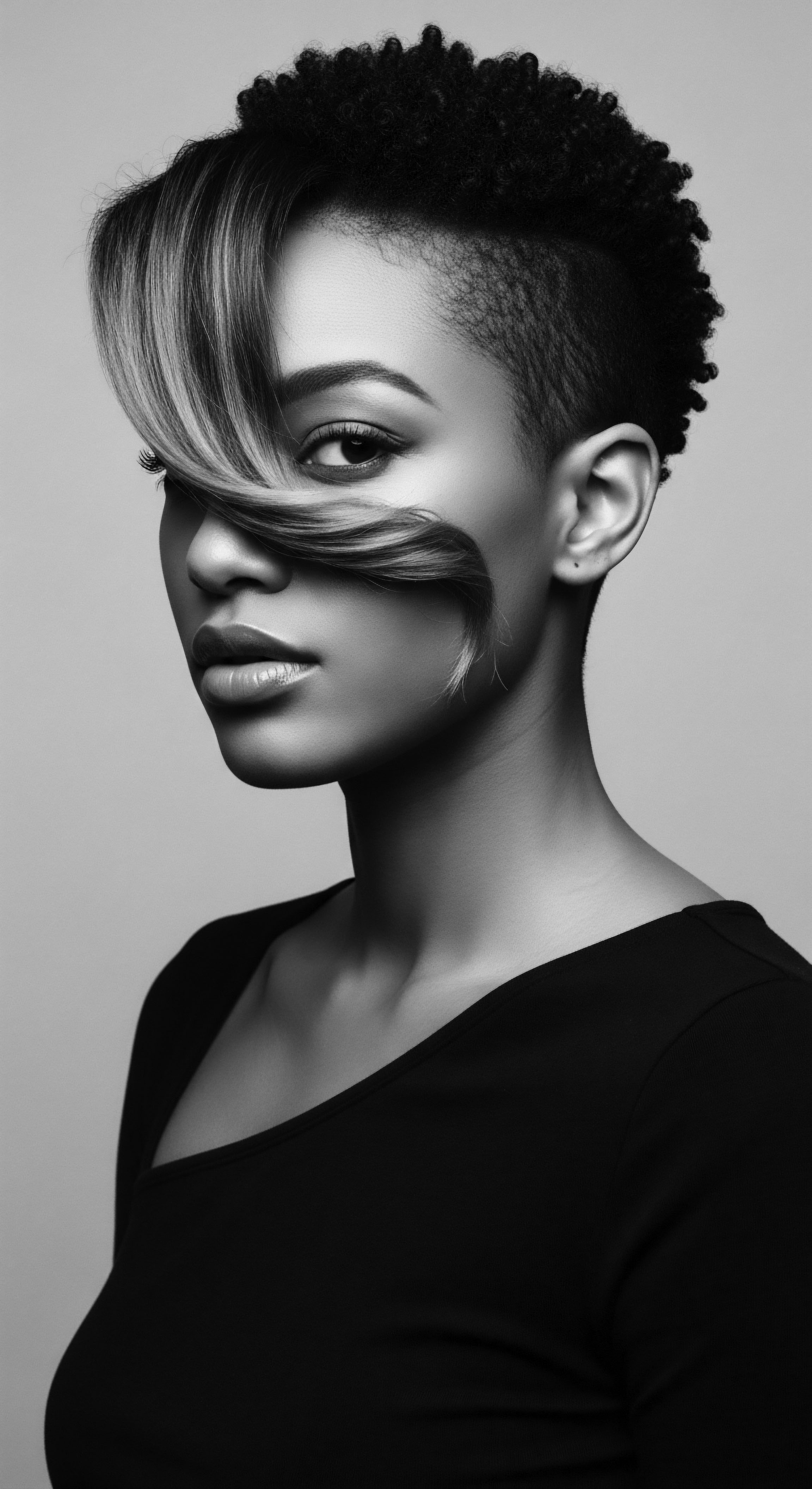
How do headwraps physically protect textured hair at night?
Headwraps physically protect textured hair at night by reducing friction and retaining moisture, honoring a deeply rooted heritage of care.

How does silk help textured hair at night?
Silk safeguards textured hair at night by reducing friction and retaining ancestral moisture, honoring a legacy of protective care.

What traditional practices protected textured hair during sleep?
Traditional practices protected textured hair during sleep through wraps, specific styles, and oils, deeply rooted in heritage.

What historical head coverings protected textured hair at night?
Historical head coverings protected textured hair at night by minimizing friction, retaining moisture, and serving as cultural markers of heritage and resilience.

What ancestral wisdom informs textured hair’s unique moisture needs?
Ancestral wisdom recognized textured hair's natural thirst, leading to heritage practices prioritizing layered moisture and protective styling.
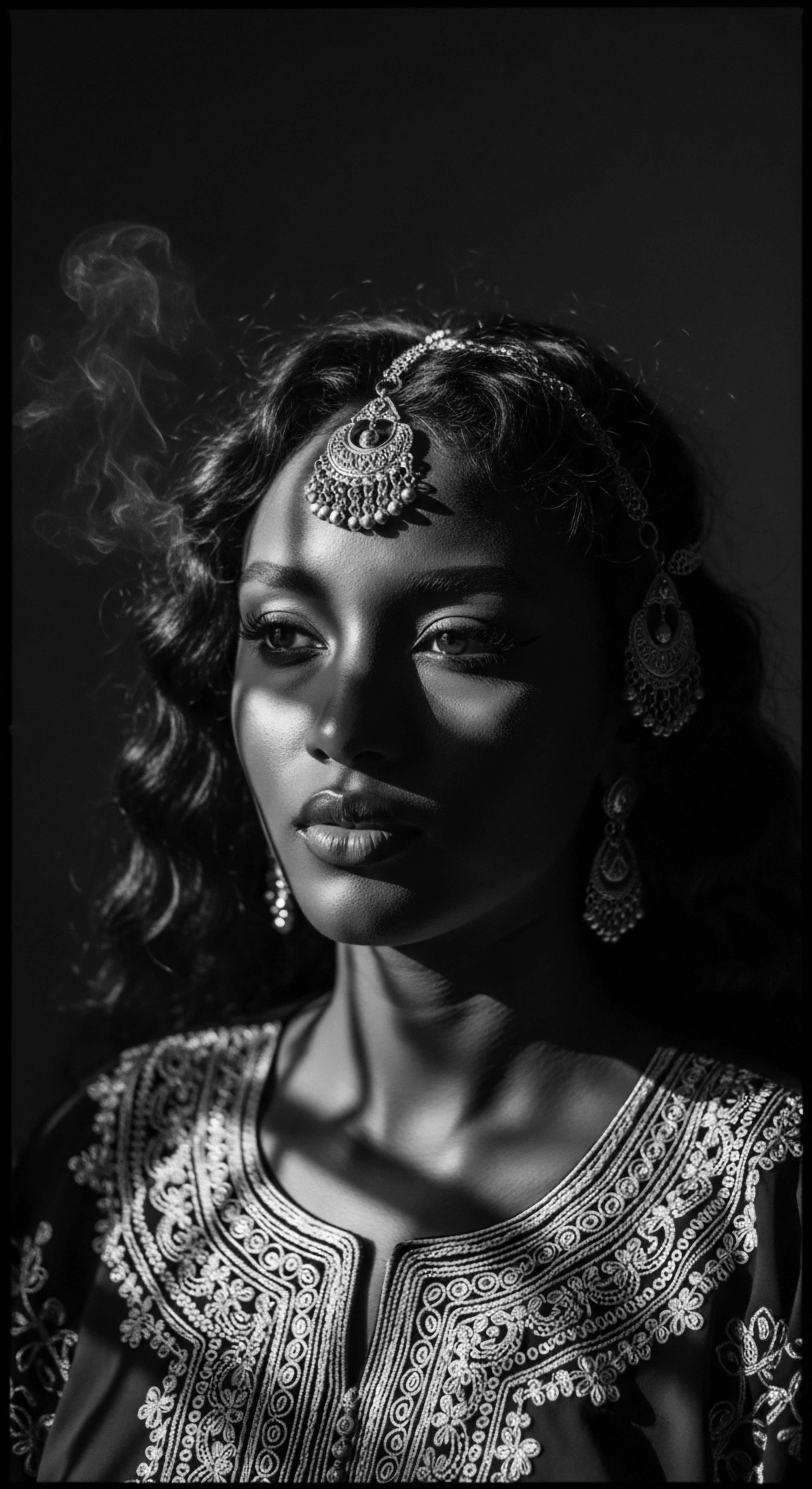
What is the cultural significance of hair protection during sleep for textured hair?
Night hair protection for textured hair signifies a deep cultural heritage of self-care and identity preservation across generations.

Do bonnets prevent textured hair breakage?
Bonnets protect textured hair by reducing friction and retaining moisture, extending a heritage of care and preventing breakage.

What ancient ingredients are still beneficial for textured hair protection at night?
Ancient ingredients rooted in textured hair heritage offer potent nighttime protection, nourishing strands and preserving ancestral beauty.

How Did Ancestral Cultures Protect Textured Hair at Night?
Ancestral cultures protected textured hair at night using wraps, protective styles, and headrests, preserving its unique heritage and health.

Why do silk bonnets help textured hair?
Silk bonnets protect textured hair from friction and moisture loss, preserving its health and styles as a continuation of ancestral care traditions.
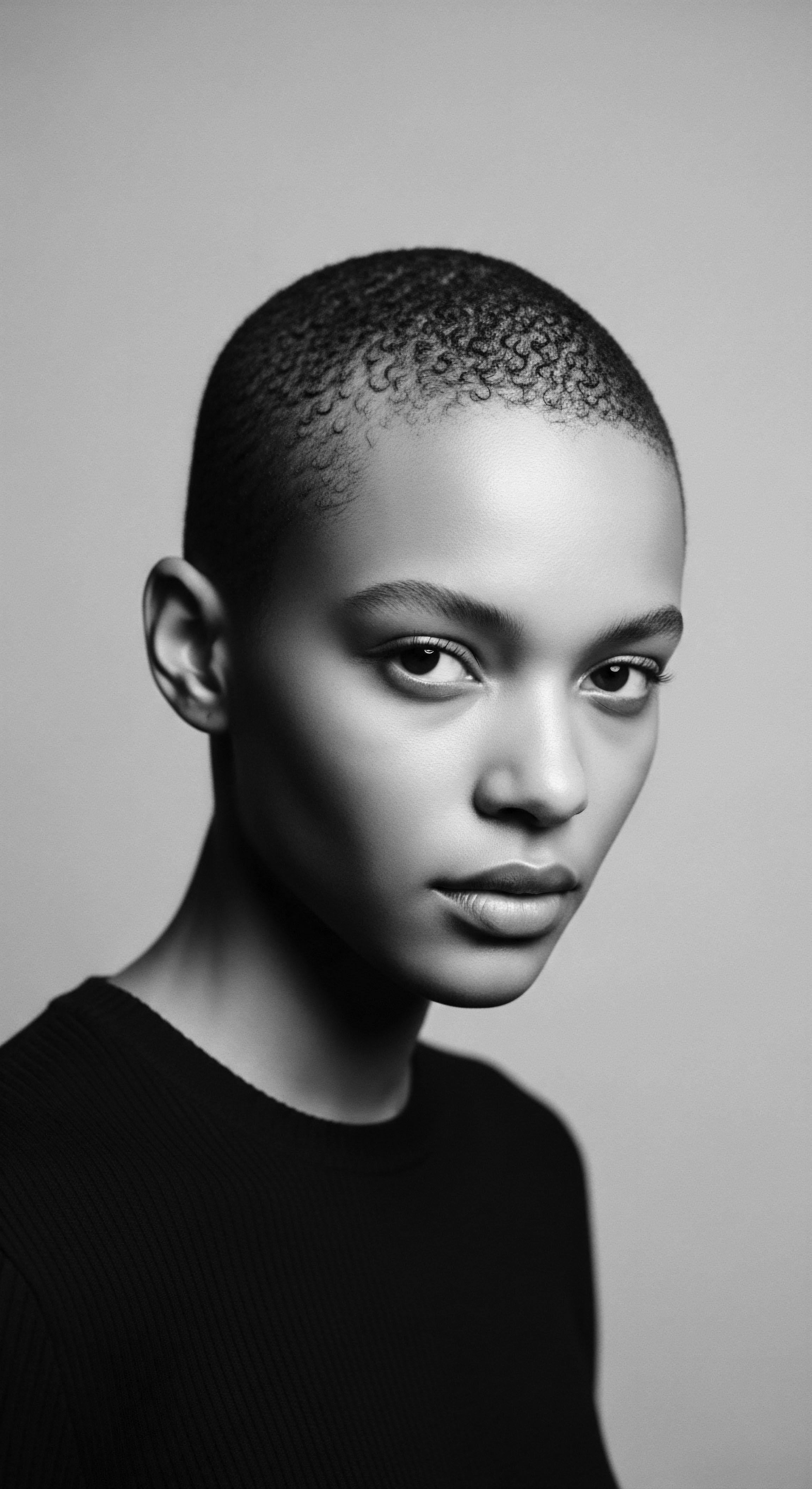
Why is nighttime hair protection especially beneficial for textured hair?
Nighttime hair protection for textured hair honors ancestral wisdom, shielding delicate strands from friction and moisture loss, preserving unique curl patterns.

How does material choice influence textured hair’s nightly moisture retention?
Material choice for nighttime hair protection is a legacy influencing textured hair's nightly moisture retention through friction and absorption.

Why is night protection vital for textured hair heritage?
Night protection for textured hair honors ancestral wisdom and safeguards cultural identity by minimizing damage and preserving intricate styles.

Can satin bonnets truly prevent textured hair breakage during sleep?
Satin bonnets prevent textured hair breakage during sleep by reducing friction and preserving moisture, continuing an ancestral legacy of protective hair care.

Does satin truly protect textured hair at night?
Satin truly protects textured hair by reducing friction and preserving moisture, a practice echoing centuries of Black hair heritage.

Why do textured strands require overnight covers?
Overnight covers for textured hair stem from ancestral wisdom, shielding delicate strands from friction and moisture loss, preserving heritage and identity.
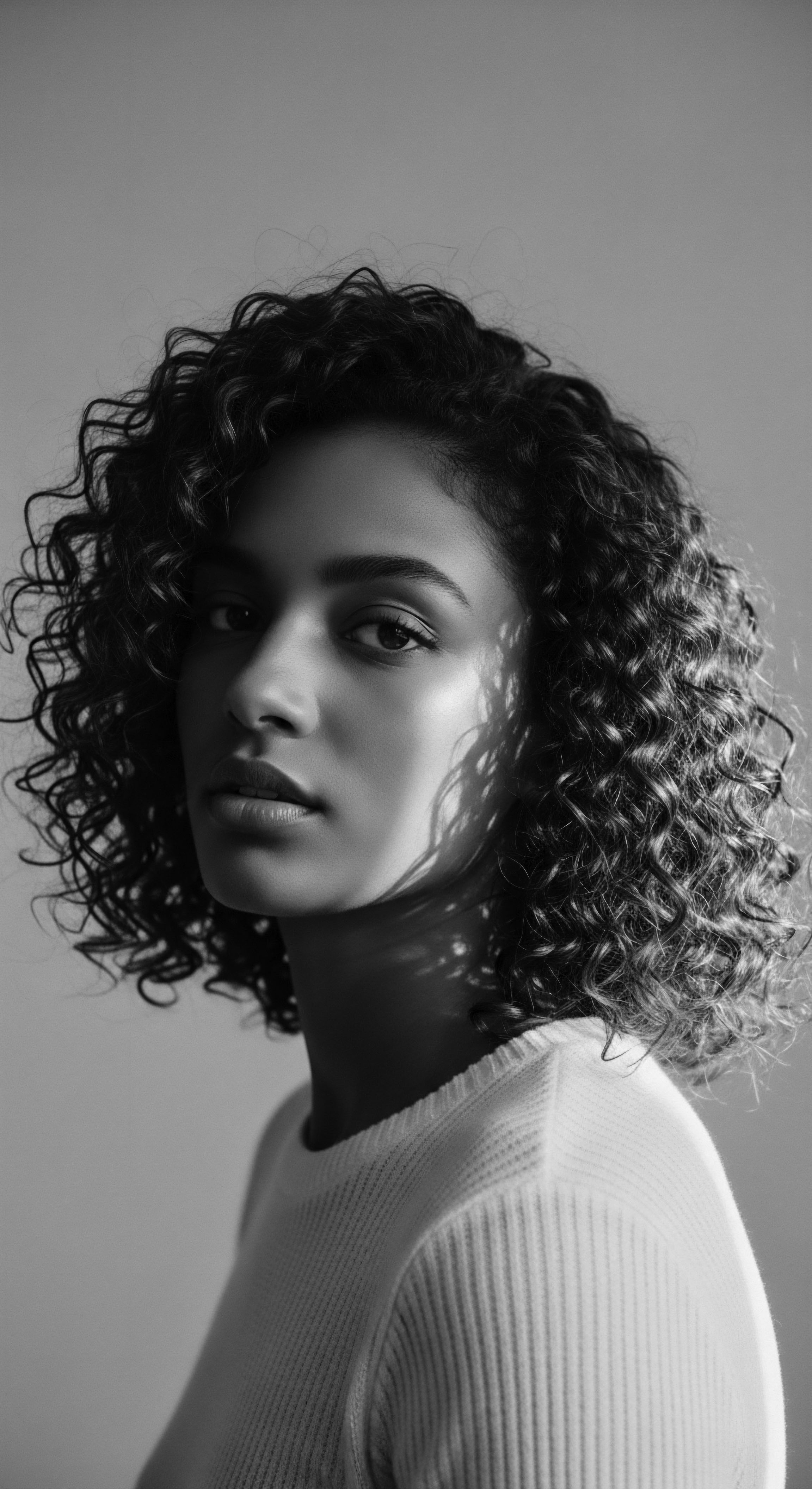
Why is night protection significant for textured hair heritage?
Night protection for textured hair safeguards ancestral legacy by preserving hair's health, retaining moisture, and honoring cultural practices.

What structural aspects of textured hair necessitate specific nighttime protection?
Textured hair's coiled structure and lifted cuticles necessitate specific nighttime protection to preserve its ancestral moisture and structural integrity.

How do sleep coverings contribute to textured hair health legacy?
Sleep coverings preserve textured hair integrity by reducing friction and retaining moisture, honoring a long heritage of protective care.

How have ancestral practices shaped modern sleep routines for textured hair?
Ancestral practices shaped modern sleep routines for textured hair through inherited wisdom of protection and moisture.
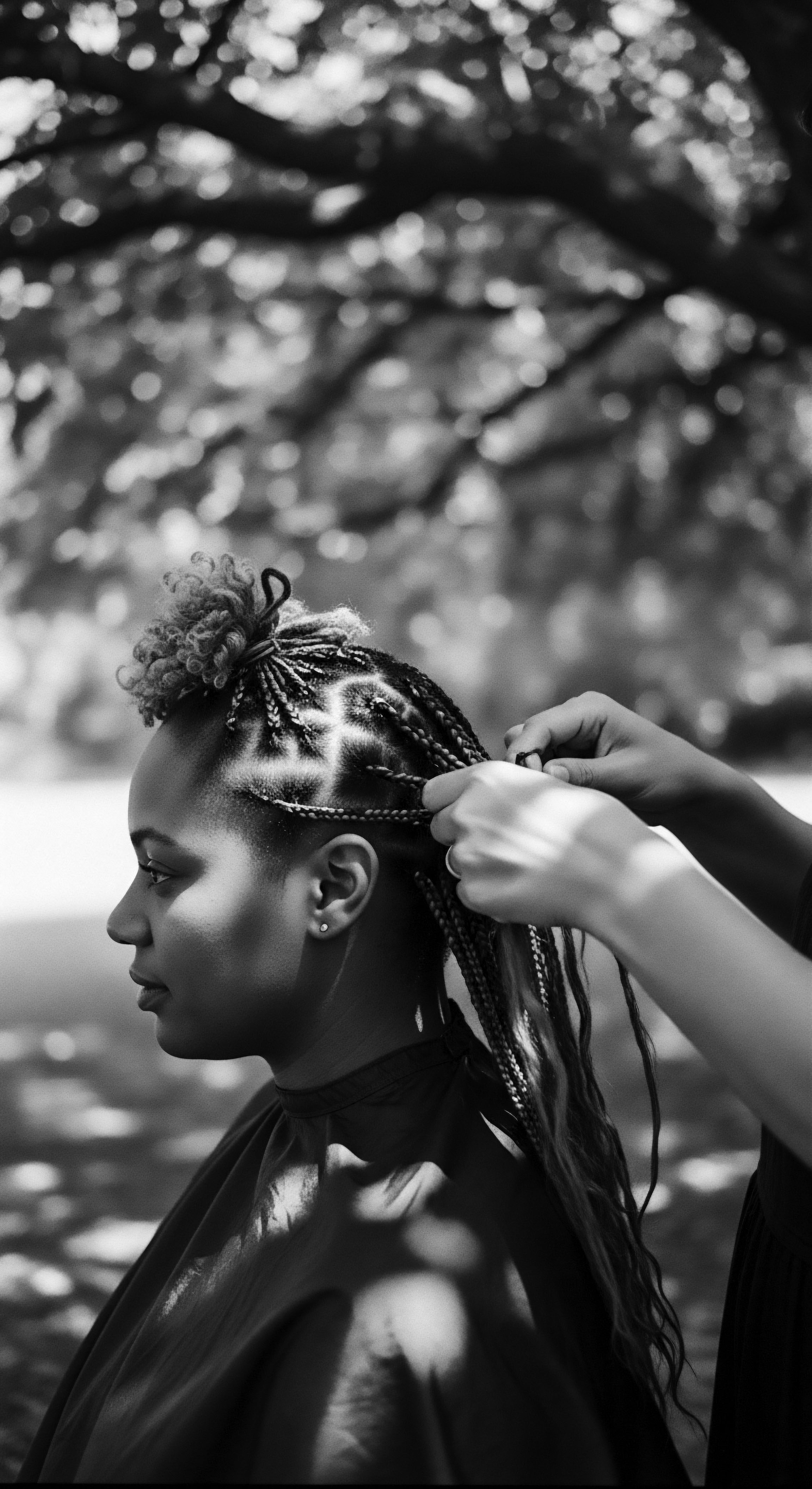
Did ancient cultures protect textured hair at night?
Ancient cultures routinely protected textured hair at night using braids, wraps, and natural emollients to preserve health and spiritual connection.

Which fibers were most beneficial for textured hair at night?
Smooth fibers like silk and satin preserve moisture and reduce friction for textured hair, honoring a heritage of protecting coils.

How do hair wraps protect textured hair at night?
Hair wraps shield textured strands from friction and moisture loss overnight, preserving ancestral care practices.

